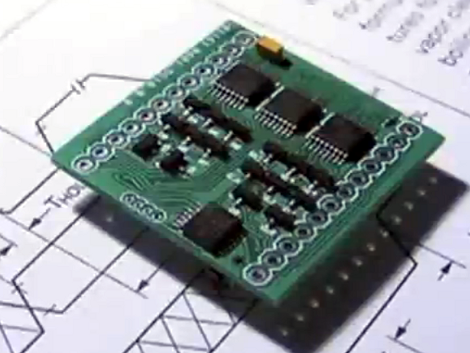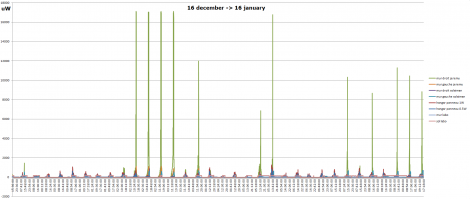How many of you have started playing Jenga, and thought, “If only I had a pistol that would punch the blocks out violently for me, that would be much more fun?” Your presumed request has been answered with the [Jenga Pistol 2]! There is also the [Jenga Pistol 1], which would be impressive if the second one wasn’t already made and functioning! There’s a great video of the second one working after the break, so be sure to check that out!
The pistol works by hurling a bolt forward using a rubber band for power. This bolt can then be pulled back, and the clever trigger mechanism automatically locks it in place for another shot. This mechanism by itself could serve as inspiration for any number of other pistol-powered hacks. As for the entire project, [Matthias] gives lots of excellent pictures of his work in the post that will let you understand the concept. For well-written plans though, you’ll have to cough up a very reasonable $6. You’ll also need a reasonably well equipped wood shop if you want to make one which is rather more expensive. Continue reading “A More Awesome Way To Play Jenga”

















